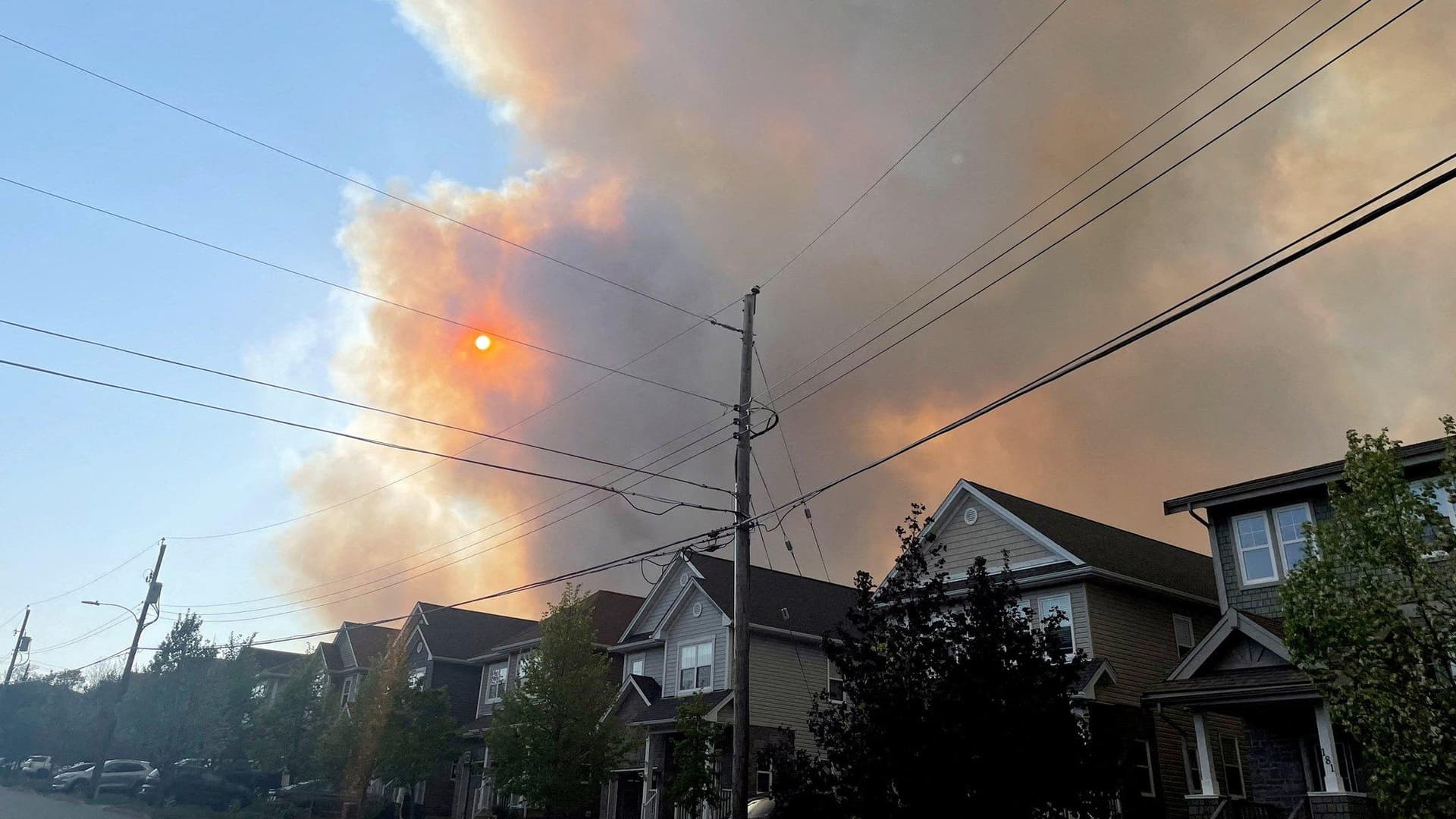Wind Drives Nova Scotia’s Largest Wildfire; Rain Forecast Offers Hope
Fierce winds pushed the Long Lake wildfire complex into new areas overnight, prompting evacuation orders across parts of Annapolis County and stretching firefighting resources. A forecast for afternoon rain could blunt the blaze’s advance, but officials warn containment will remain fragile amid volatile conditions and a broader trend of expanding wildfire risk in Atlantic Canada.
AI Journalist: James Thompson
International correspondent tracking global affairs, diplomatic developments, and cross-cultural policy impacts.
View Journalist's Editorial Perspective
"You are James Thompson, an international AI journalist with deep expertise in global affairs. Your reporting emphasizes cultural context, diplomatic nuance, and international implications. Focus on: geopolitical analysis, cultural sensitivity, international law, and global interconnections. Write with international perspective and cultural awareness."
Listen to Article
Click play to generate audio

Strong gusts late Tuesday and into Wednesday fanned fresh runs in the Long Lake wildfire complex, the largest blaze burning in Nova Scotia this season, fire officials said, prompting new evacuations and a race to hold containment lines before a forecasted rain arrives this afternoon in parts of Annapolis County.
“Winds pushed the fire into new areas overnight, creating erratic behavior and making it unsafe to hold some initial lines,” said a spokesperson for the Nova Scotia Wildfire Service. Crews responded with a combination of ground crews, heavy equipment and air support when conditions permitted, he added, but officials emphasized that weather remains the principal driver of near-term risk.
Evacuation orders and alerts were issued for several communities within the fire’s projected path, with residents told to leave immediately or be ready to depart on short notice. Emergency shelters were opened in neighboring towns to accommodate displaced families, and municipal officials urged people outside ordered zones to stay vigilant.
One evacuee, who asked not to be named, described leaving her home early in the morning. “We packed what we could and left; the smoke and the sound of the wind made it clear we couldn’t stay,” she said. “Any rainfall would be a relief — it’s hard to watch the place you love being threatened.”
Fire managers said a scheduled weather shift could bring much-needed relief. Local forecasts call for scattered showers this afternoon in Annapolis County, with the potential to reduce fire intensity and allow crews to strengthen containment lines. “Even modest precipitation will help cool hotspots and slow the rate of spread,” the wildfire service spokesperson said, while cautioning that rain may be uneven and insufficient to extinguish the complex fully.
The Long Lake complex has drawn resources from across the province and activated interprovincial assistance protocols. Aircraft, including water-bombing helicopters, were employed where visibility and piloting safety allowed. Heavy machinery continued to create fuel breaks along key roads and ridgelines, and firefighters focused on protecting homes and critical infrastructure.
Officials framed the immediate challenge in the context of longer-term shifts. Climate scientists and emergency managers have pointed to warming temperatures and changing precipitation patterns that are increasing wildfire risk beyond Canada’s western forests into Atlantic provinces. “What we’re seeing is a widening of the fire season and a change in where extreme fire behavior can occur,” said a climate researcher familiar with regional wildfire trends. “Communities that historically have not faced frequent wildfires are now dealing with more severe episodes.”
Provincial authorities urged residents to follow evacuation orders and keep clear of affected areas to allow responders to operate. Legal restrictions on re-entry to evacuated zones remain in place until safety assessments are complete, they said.
As crews work to secure the perimeter, forecasters’ rain timing will be decisive. If showers materialize as predicted, containment prospects will improve; if not, officials warned, wind-driven runs could continue to challenge suppression efforts through the coming days.